In a previous post, I reviewed how to contract the deep abdominal muscle correctly. This is an important skill to master before increasing the demands on the body such as carrying more weight, or moving the limbs. Once the contraction can be performed without holding the breath, it is good to challenge the core by moving the legs. Here is a lower leg progression to advance core control.
|
Last week on Align’s Facebook page I posted a picture to promote my Postpartum workshop. This picture showed an example of the abdominal “bread loaf” that can occur if the Transversus Abdominus muscle is not activated correctly during daily activities such as bending or lifting and abdominal workouts. The increased pressure is going down into your pelvic floor and out into your abdomen. Over time, supportive tissues can fail, and the results are abdominal/inguinal hernias, organ prolapse (uterus, bladder, rectum) or disc herniations (just to name a few). In a previous post, I reviewed how to contract the deep abdominal muscle correctly. This is an important skill to master before increasing the demands on the body such as carrying more weight, or moving the limbs. Once the contraction can be performed without holding the breath, it is good to challenge the core by moving the legs. Here is a lower leg progression to advance core control. Susan McLaughlin is a physical therapist who specializes in the management of pelvic floor and orthopedic dysfunctions. She is the owner of ALIGN integration|movement in Salt Lake City, UT. Helpful tips and other self care strategies can be found at www.alignintegrationandmovement.com.
14 Comments
7/4/2012 07:18:43 am
Thank you for this post Susan. This is the very area you've helped me improve. It has taken me days to start getting my core truly strong and my abdominal muscles talking to each other. Now I can look at the diagrams and know when I'm doing things correctly. As usual you offer solid, insightful information.
Reply
9/17/2012 03:18:41 pm
I must say the blog post is just useful for everyone else reading it because the information and knowledge it contains is very important. I like the post! Excellent job! Keep sharing such valuable information through your blogs.
Reply
heather
7/9/2012 01:34:06 pm
Good info. What other options can you use instead of a yoga block or half cylinder? Would a standard bed pillow work?
Reply
Susan
7/10/2012 01:46:39 am
Heather,
Reply
Ashley
8/21/2012 01:20:21 pm
What causes the ribs to stick out? How do we fix that?
Reply
Susan
8/22/2012 08:41:21 am
The biggest culprit is a tight psoas. Here is my post that talks about how to release before you stretch: http://www.alignintegrationandmovement.com/1/post/2012/05/a-song-to-my-psoas-please-release-me-let-me-go.html
Reply
6/3/2013 04:41:04 pm
What an awesome story and amazing adventures! And, great advice for new travelers about starting in Europe and then branching out to places outside of one’s comfort zone
Reply
4/15/2014 06:45:04 pm
http://www.alignintegrationandmovement.com/1/post/2012/04/exercise-and-chronic-pain.html
Reply
Carol Martin
8/23/2014 08:12:57 am
Hi Susan.
Reply
Susan
8/24/2014 10:08:21 am
Hi Carol,
Reply
Julia Friesen
11/12/2015 12:53:26 pm
these are very helpful. Im a rib thruster so this technique really helps while I try releasing my psoas and getting my ribs down...this whole blog is very helpful. Thank you!!!
Reply
Susan
11/12/2015 02:19:05 pm
Julia,
Reply
colleen
2/3/2017 10:37:04 am
Susan-- thanks so much for this. I have recently realized that my psoas is over-firing when I run (acting too much as a back stabilizer as well as a hip flexor) and was told by a PT that I need to retrain my TA and multifidi to get them to activate. I know about the psoas release and will do more of that. I realized also that when I do these TA leg lifts my psoas kicks in.... do you have any recommendations on how to keep that from happening? Thank you!
Reply
Susan
2/4/2017 09:42:53 am
Hi Colleen,
Reply
Leave a Reply. |
AuthorSusan McLaughlin, FEEL GOOD SERIES:
|
|
|
Archives
November 2022
May 2022
November 2021
April 2021
December 2020
September 2020
July 2020
June 2020
May 2020
April 2020
February 2020
October 2019
September 2019
August 2019
July 2019
March 2019
January 2019
December 2018
November 2018
September 2018
August 2018
June 2018
March 2018
February 2018
January 2018
December 2017
November 2017
October 2017
August 2017
July 2017
May 2017
March 2017
February 2017
January 2017
December 2016
November 2016
September 2016
August 2016
July 2016
June 2016
May 2016
April 2016
February 2016
January 2016
December 2015
November 2015
October 2015
September 2015
August 2015
July 2015
June 2015
May 2015
February 2015
January 2015
December 2014
November 2014
October 2014
August 2014
June 2014
May 2014
March 2014
February 2014
January 2014
December 2013
November 2013
October 2013
August 2013
July 2013
June 2013
May 2013
March 2013
January 2013
December 2012
November 2012
October 2012
September 2012
August 2012
July 2012
June 2012
May 2012
April 2012
March 2012
February 2012
January 2012


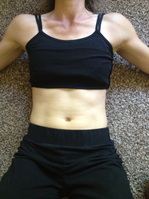
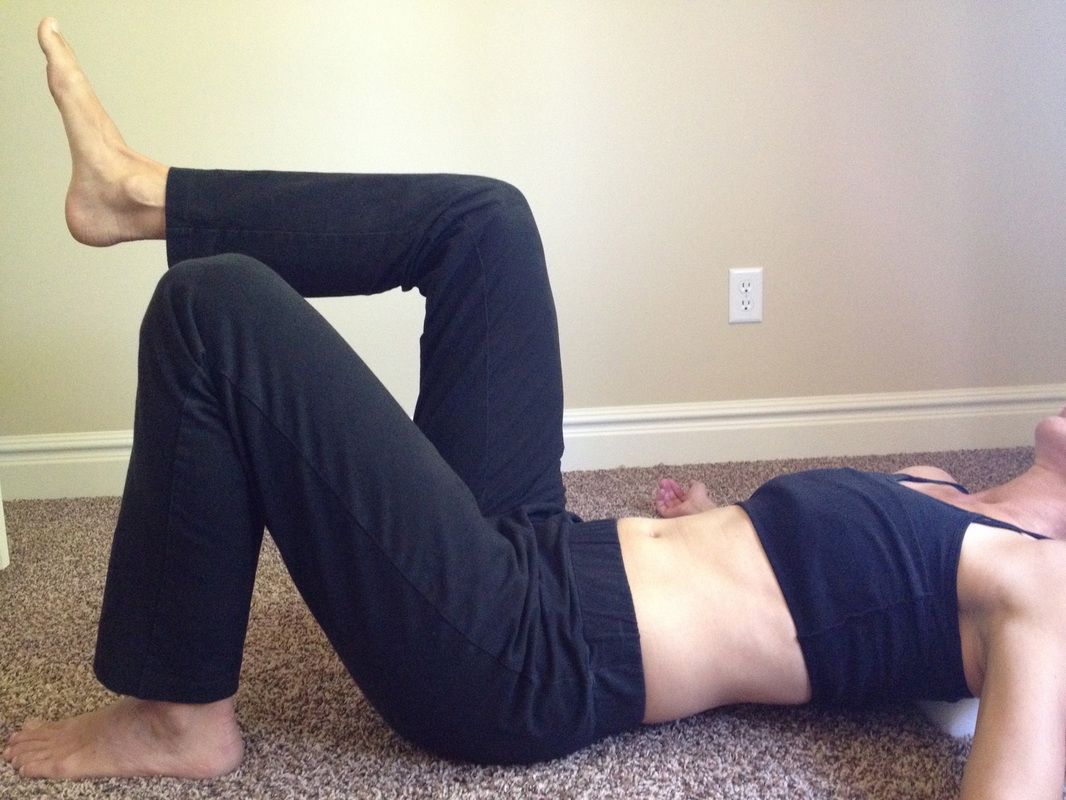
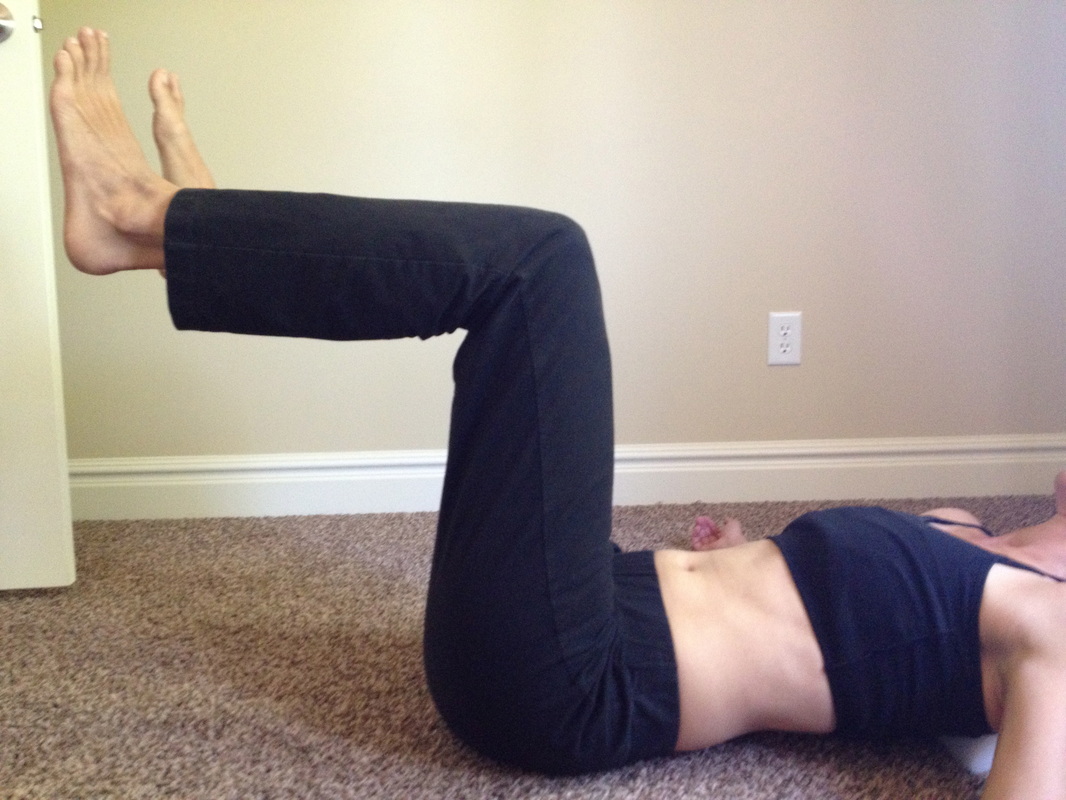
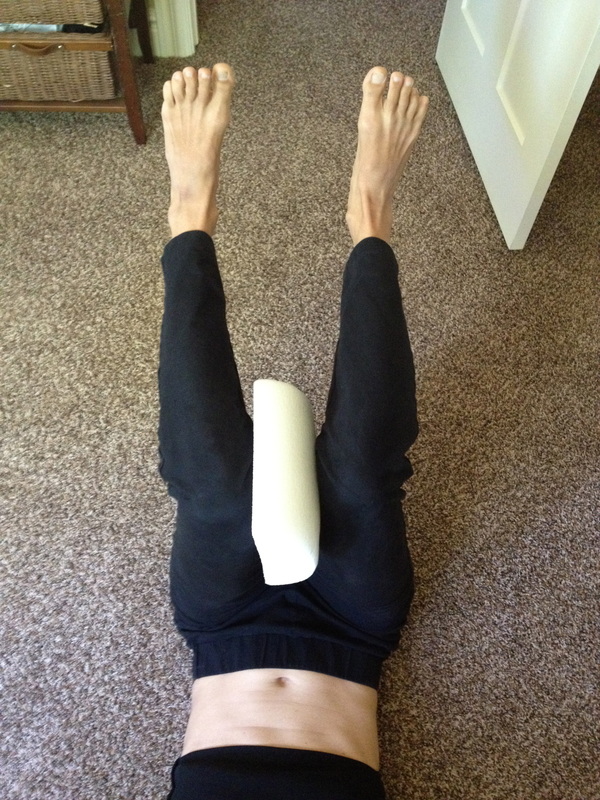
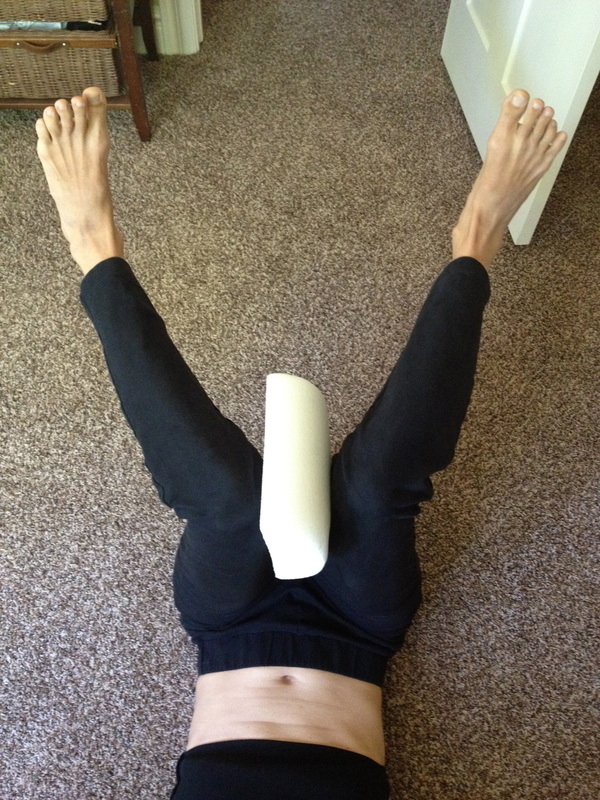


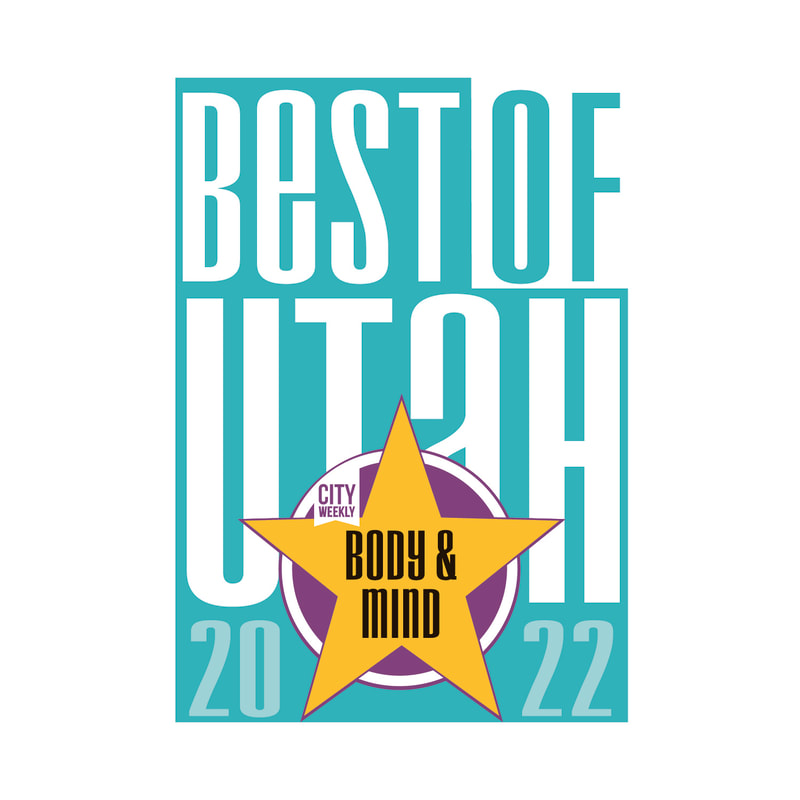
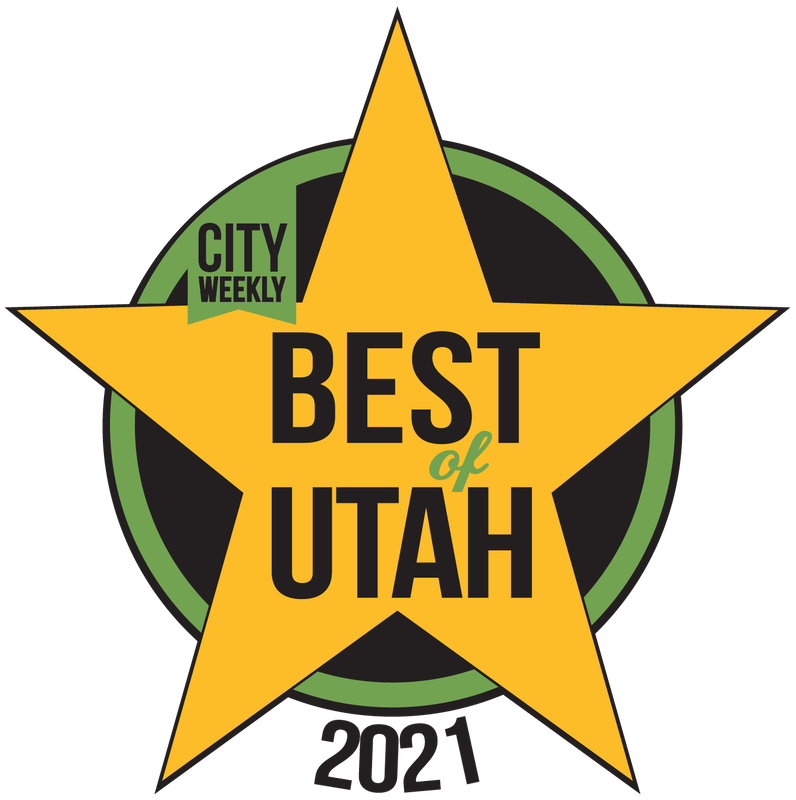

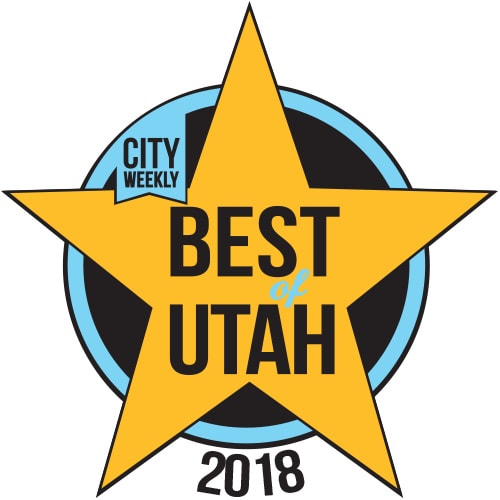
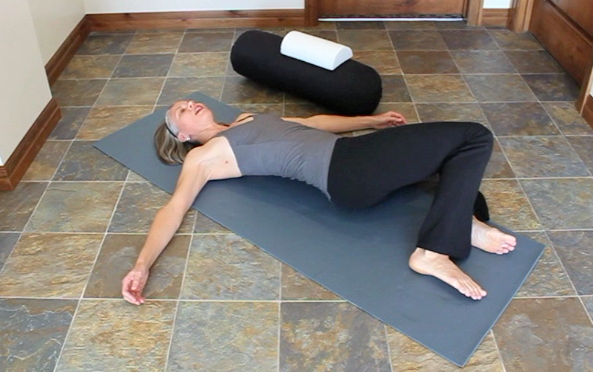
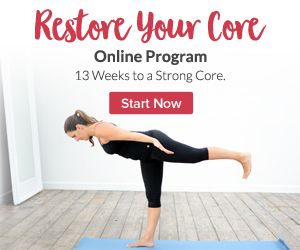
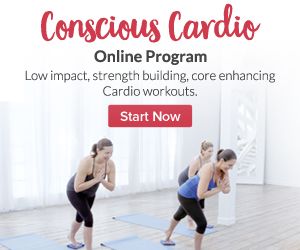
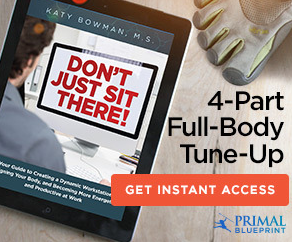
 RSS Feed
RSS Feed